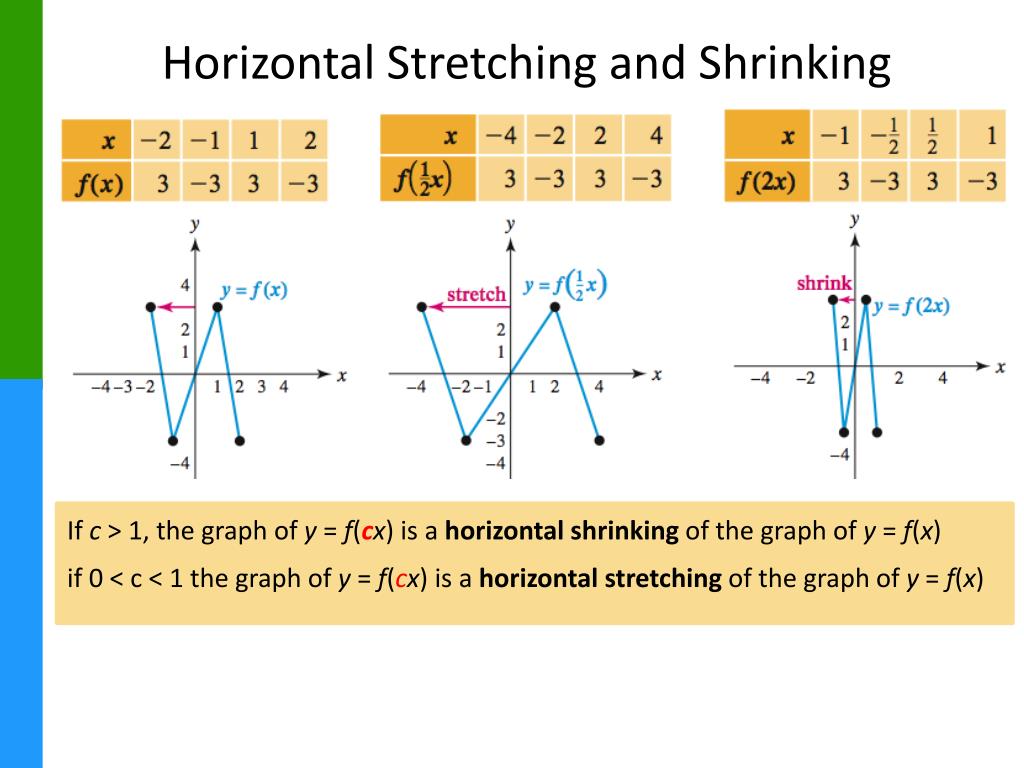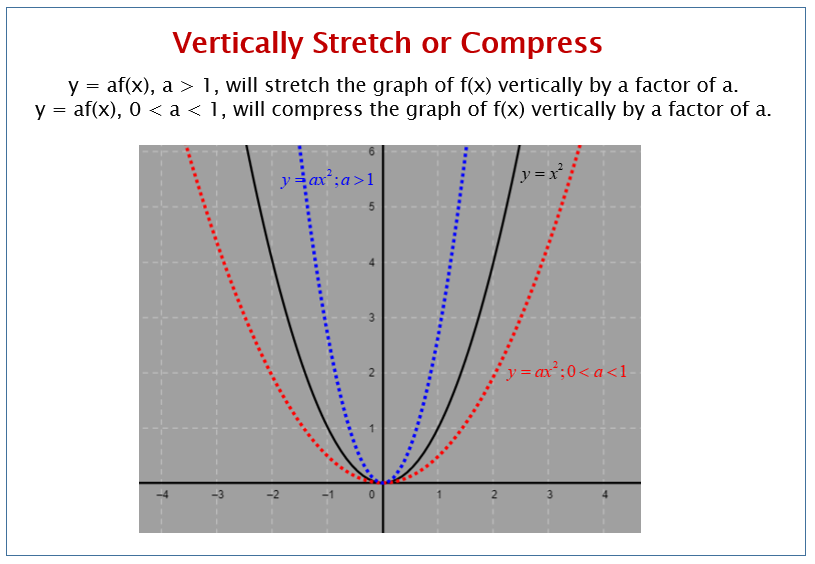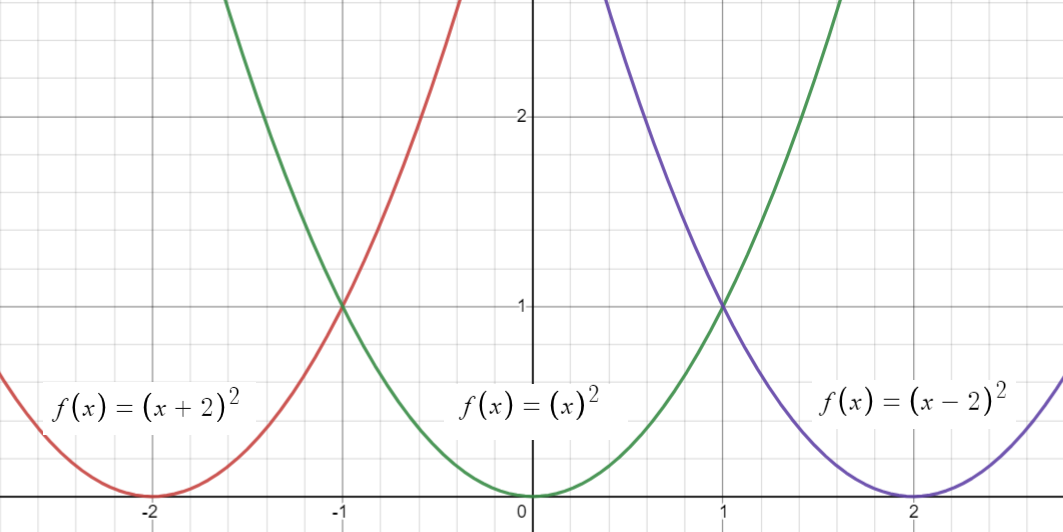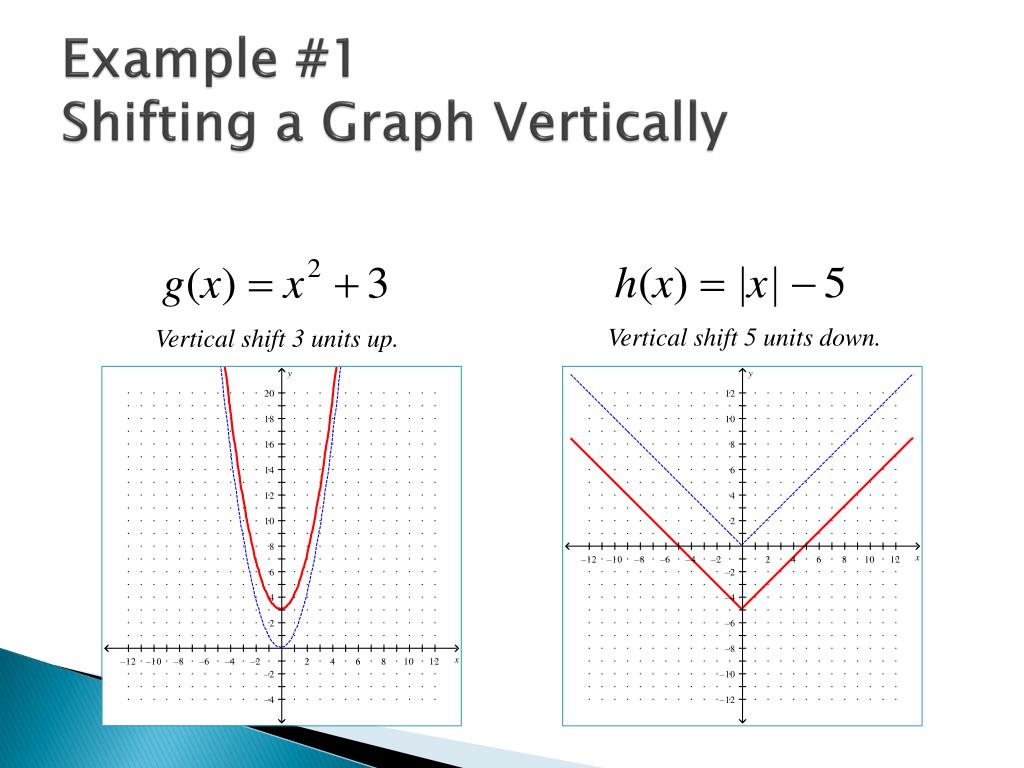Divine Info About How Do You Shift A Graph Vertically And Horizontally To Bell Curve In Excel

The simplest shift is a vertical shift, moving the graph up or down, because this transformation involves adding a positive or negative constant to the function.
How do you shift a graph vertically and horizontally. As we mentioned in the beginning of the section, transformations of logarithmic functions behave similar to those of other parent functions. Determine whether a function is even, odd, or neither from its graph. Examples, solutions, videos, worksheets, and activities to help precalculus students learn about horizontal and vertical graph transformations.
The simplest shift is a vertical shift, moving the graph up or down, because this transformation involves adding a positive or negative constant to the function. Transformations of parent functions. A horizontal shift of h units to the right.
Vertical stretch and vertical compression. Linear equations in the form of y = mx + b can be shifted or moved up or down, constituting a vertical shift, or right or left, signifying a horizontal shift, on the coordinate plane. Graph horizontal and vertical shifts of logarithmic functions.
What do we mean by shifting functions vertically? vertical shifting is similar to horizontal shifting, except we are moving the entire graph of the function up or down. Shifting up/down left/right does not change the shape of a graph. One kind of transformation involves shifting the entire graph of a function up, down, right, or left.
Y = af (x), a > 1, will stretch the graph of f (x) vertically by a factor of a. If k k is positive, the graph will shift up. We model both types on the quadratic parent function and discuss the behavior of the grap.
For example, to shift the function f ( x) = x 2 four units up, we would write f ( x) = x 2 + 4. Graph functions using compressions and stretches. This is done by adding or subtracting a constant from the function's output.
How to graph horizontal and vertical stretches and compressions? The simplest shift is a vertical shift, moving the graph up or down, because this transformation involves adding a. A horizontal shift of h units to the left.
Graph functions using vertical and horizontal shifts. One simple kind of transformation involves shifting the entire graph of a function up, down, right, or left. When horizontally shifting a function or its graph, the size and shape of the function remain the same.
Y = af (x), 0 < a < 1, will compress the graph of f (x) vertically by a factor of a. Y = f ( x + h) : A function can be shifted horizontally by adding a constant to the input.
We discuss the basics of horizontal and vertical shifts to a graph. Determine whether a function is even, odd, or neither from its graph. The graph of y=f (x)+k (where k is a real number) is the same as the graph of y=f (x) only it's shifted up (when k>0) or down (when k<0).























